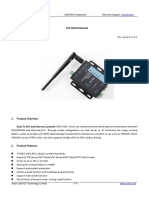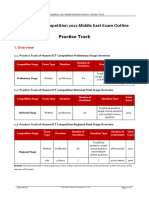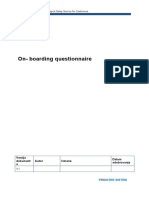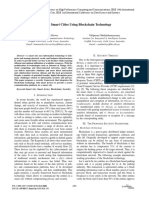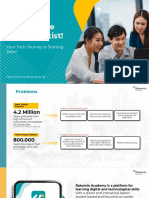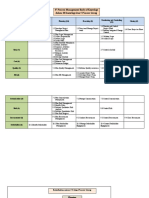0% found this document useful (0 votes)
6 views2 pagesData Analyst Mock Interview QA
The document contains a mock interview Q&A for a Data Analyst fresher, detailing their familiarity with tools like SQL, Excel, and Python, as well as their experience in data cleaning and analysis. It includes examples of problem-solving, data quality assurance, and the ability to communicate findings to non-technical stakeholders. Additionally, it outlines the candidate's approach to teamwork, task prioritization, and handling conflicting opinions with managers.
Uploaded by
vivekclusterCopyright
© © All Rights Reserved
We take content rights seriously. If you suspect this is your content, claim it here.
Available Formats
Download as PDF, TXT or read online on Scribd
0% found this document useful (0 votes)
6 views2 pagesData Analyst Mock Interview QA
The document contains a mock interview Q&A for a Data Analyst fresher, detailing their familiarity with tools like SQL, Excel, and Python, as well as their experience in data cleaning and analysis. It includes examples of problem-solving, data quality assurance, and the ability to communicate findings to non-technical stakeholders. Additionally, it outlines the candidate's approach to teamwork, task prioritization, and handling conflicting opinions with managers.
Uploaded by
vivekclusterCopyright
© © All Rights Reserved
We take content rights seriously. If you suspect this is your content, claim it here.
Available Formats
Download as PDF, TXT or read online on Scribd
/ 2
















































































